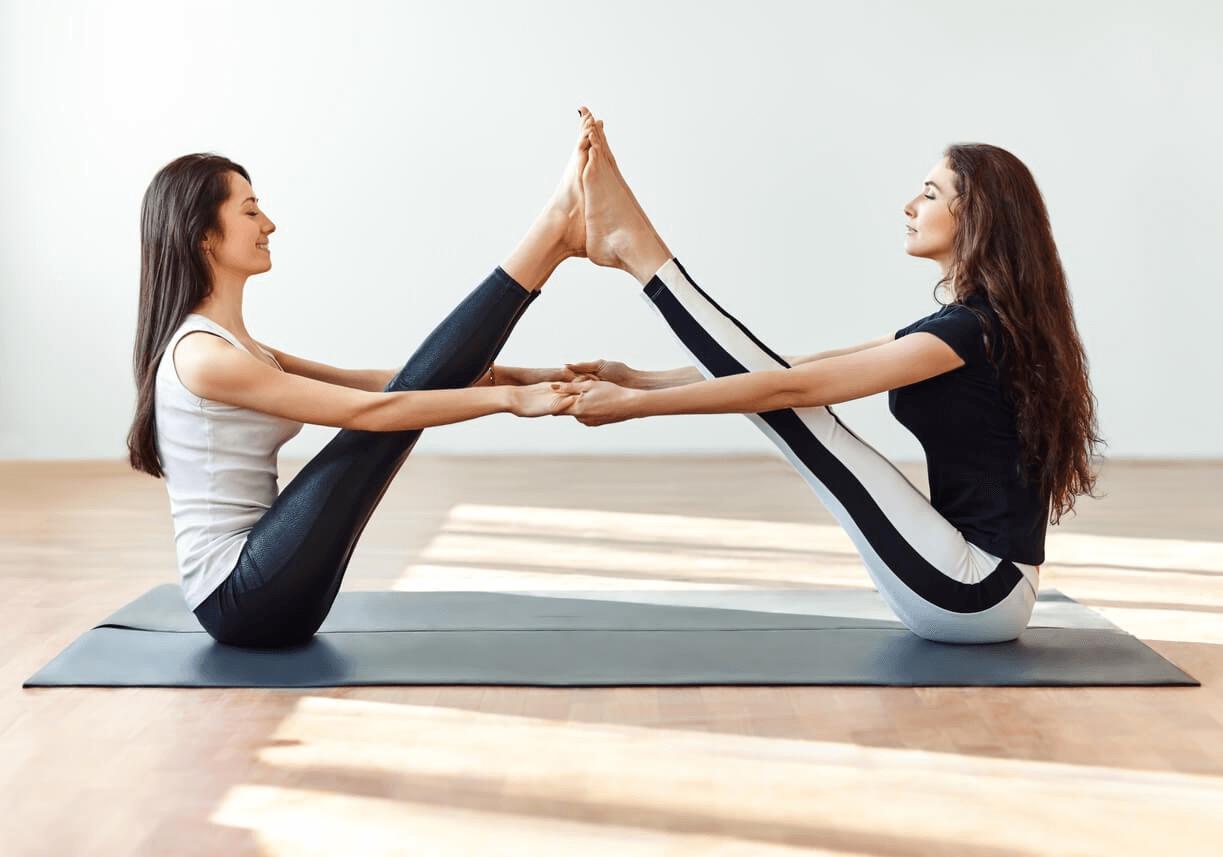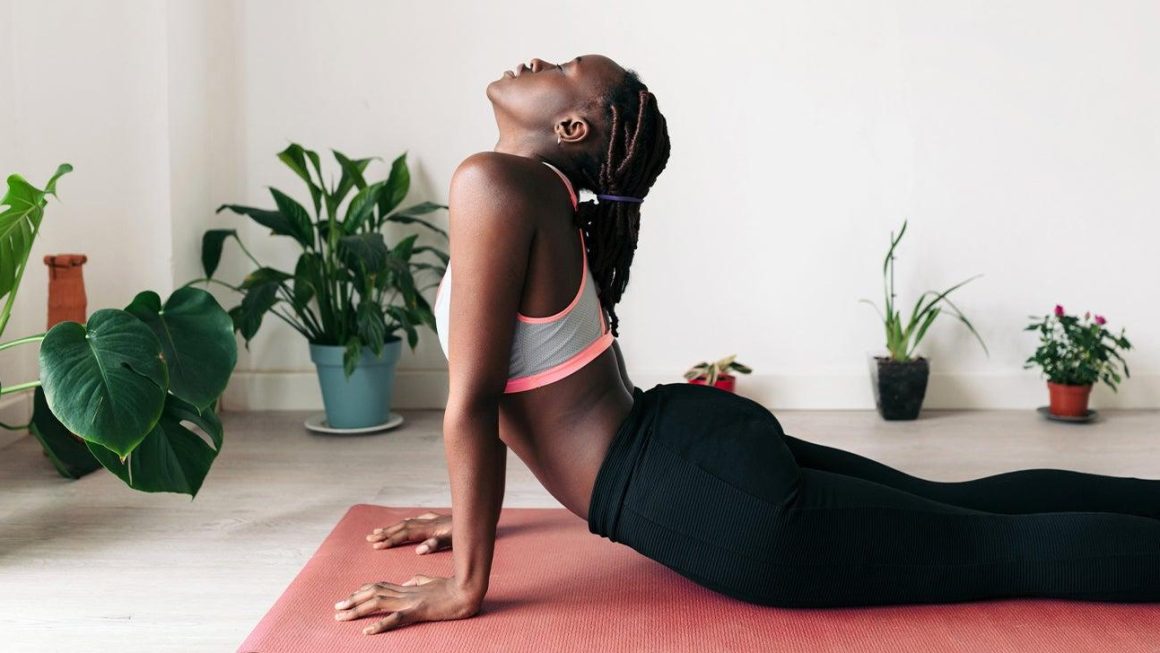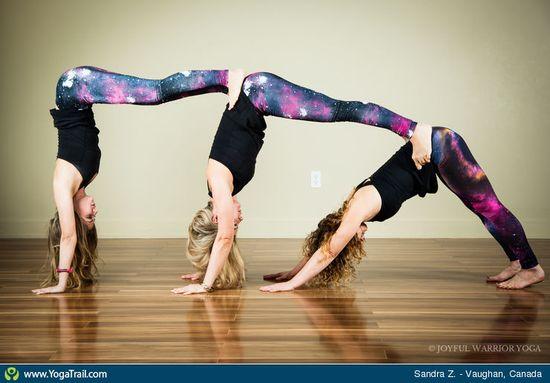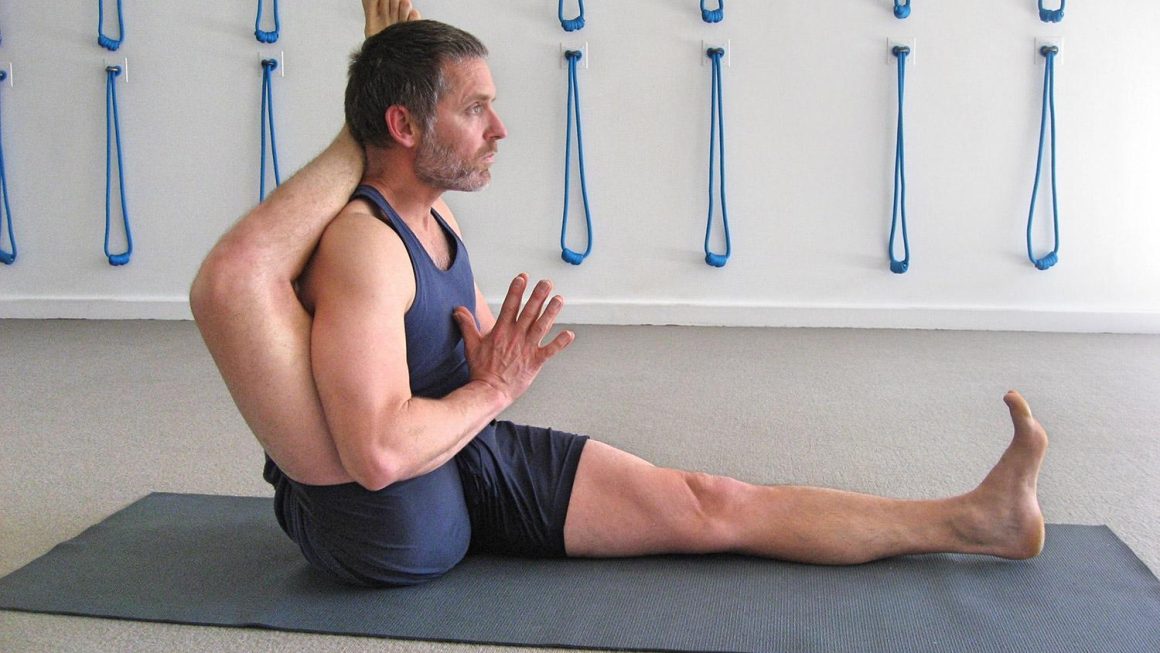Exploring the Diverse World of Yoga Poses: A Journey Through Movement and Mindfulness In the tranquil realm of yoga, where the mind, body, and spirit intersect, lies a vast array of poses, each offering a unique doorway into the practice. From gentle stretches that foster relaxation to dynamic postures that ignite energy and strength, the types of yoga poses cater to every individual’s journey, regardless of their experience level. As practitioners unfurl their mats, they embark on a transformative exploration of various alignments and forms, each pose telling a story of intention and embodiment. In this article, we will delve into the rich tapestry of yoga poses, uncovering their origins, benefits, and the ways in which they can enhance both our physical health and mental clarity. Join us as we navigate through this diverse landscape, bridging tradition and modernity, to inspire your own practice and deepen your understanding of this ancient art.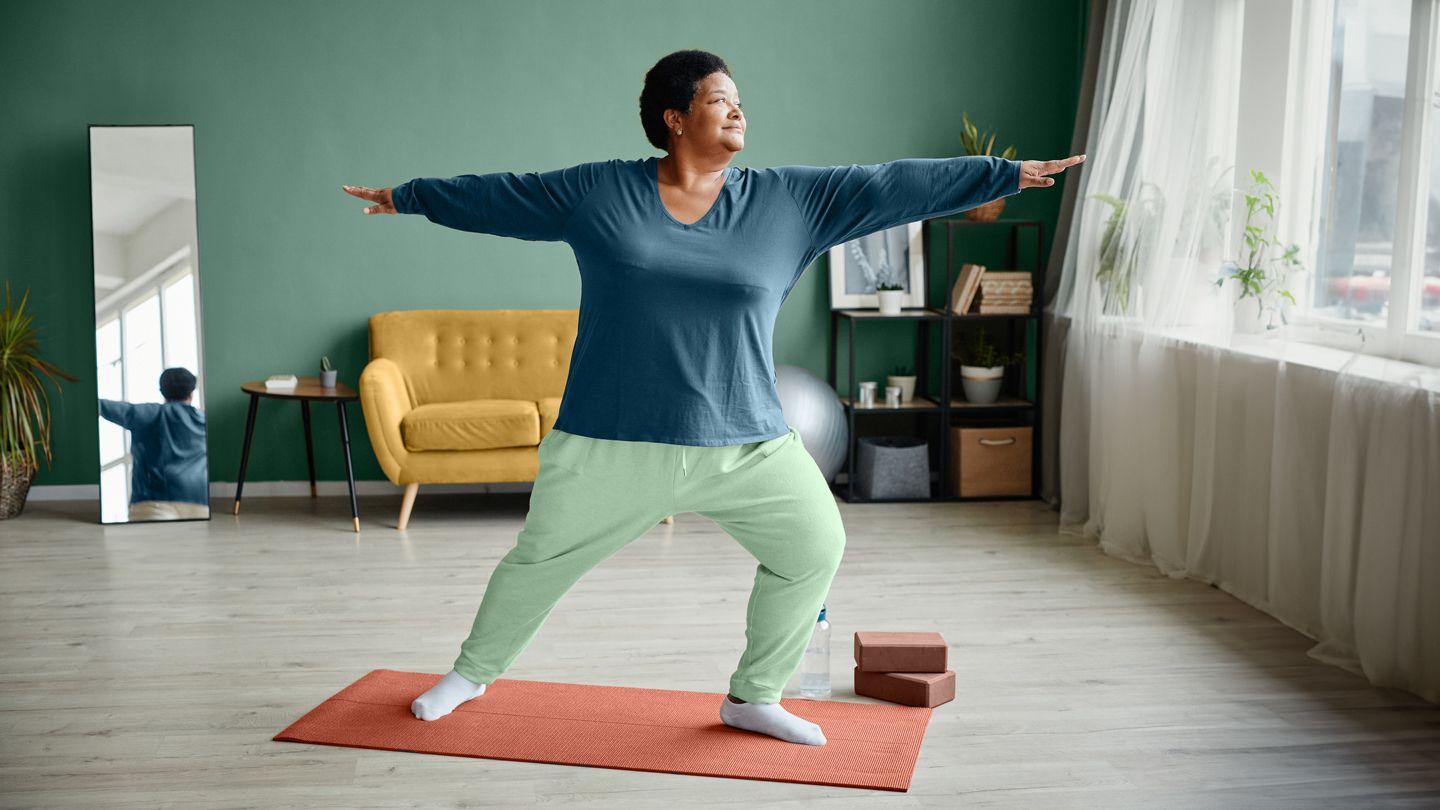
Exploring the Diversity of Types of Yoga Poses for Every Skill Level
Yoga is a rich tapestry of poses, each thread woven with intention and purpose, designed to cater to practitioners at all levels. Whether you’re a seasoned yogi or a curious beginner, there exists a myriad of postures and types of yoga poses that can enhance your practice. Exploring basic poses like Downward Dog and Child’s Pose can provide a solid foundation, while more advanced asanas such as Handstand and Lotus Pose challenge your strength and flexibility. Each pose offers its unique benefits, contributing to a holistic experience for the mind and body.
As you progress, you may find joy in discovering variations tailored to your skill level. Consider the following categories that highlight the diversity among yoga poses:
- Beginner: Mountain Pose, Cat-Cow Stretch
- Intermediate: Warrior II, Bridge Pose
- Advanced: Crow Pose, Pigeon Pose
The following is a list of some more detailed information on more specific topics related to different types of yoga poses to explore.
The journey through these poses not only fosters physical strength but also nurtures spiritual growth, inviting you to explore your limits in a mindful and respectful manner.
Building Strength and Flexibility through Classic Standing Poses
Classic standing poses serve as a vital foundation in yoga practice, effectively promoting both strength and flexibility. As participants root their feet into the mat, they engage various muscle groups, fostering stability and endurance. Common postures, such as Warrior I (Virabhadrasana I) and Tree Pose (Vrksasana), challenge balance while encouraging practitioners to stretch and open their hips, shoulders, and legs. As the body becomes accustomed to these poses over time, practitioners may notice improved muscle tone, enhanced coordination, and a deeper connection with their breath.
Incorporating a range of standing poses into a routine can also yield significant benefits for mental clarity and emotional well-being. Poses like Mountain Pose (Tadasana) allow individuals to cultivate awareness and presence, grounding them in the moment. The dynamic interplay between effort and ease empowers practitioners to find their own limits while cultivating grace and poise. Below is a simple overview of some classic standing poses and their key benefits:
| Pose | Key Benefits |
|---|---|
| Warrior II (Virabhadrasana II) | Strengthens legs and improves focus |
| Triangle Pose (Trikonasana) | Enhances flexibility in the spine and legs |
| Chair Pose (Utkatasana) | Builds strength in the lower body |
Unwinding with Restorative Yoga Poses for Stress Relief
- Child’s Pose (Balasana): A comforting fold that encourages release and introspection.
- Supported Bridge Pose (Setu Bandhasana): Elevating the heart while grounding the body.
- Corpse Pose (Savasana): A powerful conclusion that allows integration and stillness.
Each of these poses helps you pause, reflect, and invite a sense of calm into your practice and life.
The Therapeutic Benefits of Inversions and Balancing Poses
Inversions and balancing poses form an integral part of yoga practice, offering profound therapeutic benefits that extend beyond mere physicality. These poses, such as headstands, handstands, and tree poses, can significantly enhance physical strength, improve focus, and promote emotional stability. Some key benefits include:
- Improved Circulation: Inversions help elevate the heart above the head, allowing blood to flow freely and encouraging detoxification.
- Strengthened Core Muscles: Balancing poses engage the core, fostering stability and strength throughout the body.
- Enhanced Mental Focus: These poses require concentration, which can help to alleviate stress and improve mental clarity.
Furthermore, embracing these poses may also nurture the spirit, inviting a sense of inner calm and balance. As practitioners learn to control their bodies in these challenging postures, they cultivate resilience and self-confidence. To illustrate the enriching nature of these poses, consider the following table highlighting specific poses and their associated benefits:
| Pose | Therapeutic Benefits |
|---|---|
| Headstand (Sirsasana) | Boosts circulation, relieves stress, and enhances focus. |
| Handstand (Adho Mukha Vrksasana) | Strengthens arms and shoulders while building confidence. |
| Tree Pose (Vrksasana) | Improves balance, fosters concentration, and calms the mind. |
Q&A
Q&A: Exploring the Diverse World of Yoga Poses
Q1: What are the different types of yoga poses?
A1: Yoga poses, or asanas, can be categorized into several types based on their focus and benefits. Primarily, you’ll encounter standing poses, seated poses, balance poses, backbends, inversions, and restorative poses. Each category serves a unique purpose, from building strength and flexibility to enhancing relaxation and mindfulness.
Q2: What are standing poses and why are they important?
A2: Standing poses are foundational asanas that build strength and stability. Examples include Tadasana (Mountain Pose) and Virabhadrasana (Warrior Pose). These poses engage the legs, core, and back while promoting grounding and focus, making them essential for cultivating a strong practice.
Q3: Can you explain the significance of seated poses?
A3: Seated poses, such as Sukhasana (Easy Pose) and Paschimottanasana (Seated Forward Bend), are key for enhancing flexibility in the hips and hamstrings. They also facilitate deeper breathing and improved concentration, making them ideal for meditation and mindfulness.
Q4: What balance poses should beginners consider?
A4: Beginners can start with simple balance poses like Vrksasana (Tree Pose) or Garudasana (Eagle Pose). These asanas promote stability and body awareness, helping practitioners develop core strength while enhancing focus and concentration.
Q5: Why are backbends an essential component of yoga?
A5: Backbends, such as Bhujangasana (Cobra Pose) and Urdhva Dhanurasana (Upward Bow Pose), open up the chest and improve spinal flexibility. They counteract the effects of sitting for long periods, promote energy flow, and can elevate the mood, making them vital for overall well-being.
Q6: What are inversions, and who should practice them?
A6: Inversions, like Sirsasana (Headstand) and Adho Mukha Vrksasana (Handstand), involve placing your heart above your head. They require strength and balance but can provide renewed energy and a fresh perspective. While they offer numerous benefits, it’s best for beginners to practice under guidance, ideally after gaining confidence with foundational poses.
Q7: How do restorative poses differ from other types of asanas?
A7: Restorative poses, such as Balasana (Child’s Pose) and Supta Baddha Konasana (Reclining Bound Angle Pose), focus on relaxation and restoration. These gentle, supported postures help to release tension and rejuvenate the body and mind, making them a wonderful addition to any practice, especially during periods of stress or fatigue.
Q8: How do the different types of poses work together in a yoga practice?
A8: Each type of yoga pose serves a purpose and complements the others. A well-rounded practice might begin with warming up through standing and balance poses, transition to seated and backbends for strength and flexibility, incorporate inversions for a shift in perspective, and conclude with restorative poses for relaxation. This holistic approach nurtures both body and mind, promoting overall harmony and well-being.
Q9: Is it necessary to master all types of poses in yoga?
A9: No, it’s not necessary to master every type of pose. Yoga is a personal journey, and each practitioner should explore the poses that resonate with them. The key is to honor your body, enjoy the practice, and find the poses that promote growth, balance, and joy in your practice.
Q10: How can someone decide which types of poses to incorporate into their practice?
A10: Start by identifying your goals: Are you looking for strength, flexibility, relaxation, or a mix? Explore different classes and styles of yoga, paying attention to the poses included. Listen to your body, experiment with various asanas, and consult instructors for personalized guidance, ensuring your practice aligns with your needs and aspirations.
To Conclude
As we journey through the diverse landscape of yoga poses, it’s clear that each posture offers its own unique path to self-discovery, wellness, and balance. From the grounding stability of Mountain Pose to the fluid grace of Warrior and the introspective calm of Child’s Pose, every asana invites us to explore not just our bodies, but also our minds and spirits. As you incorporate these various poses into your practice, remember that each one is a stepping stone on your personal journey. Embrace the nuances, listen to your body, and savor the transformative effects that yoga can bring. Whether you seek strength, flexibility, or mindfulness, there is a pose waiting for you to uncover its potential. So, roll out your mat, take a deep breath, and let these diverse types of poses guide you on a journey of inner exploration and holistic well-being. Namaste.

